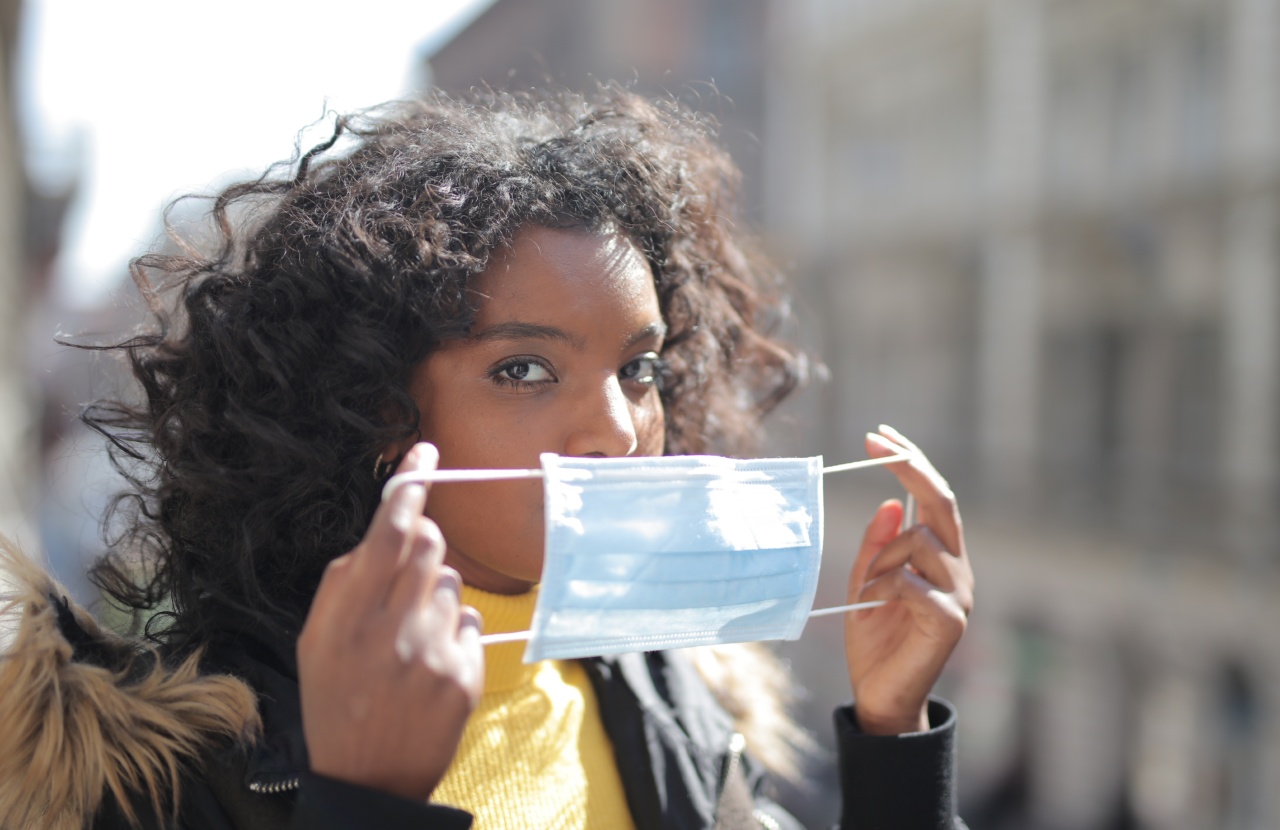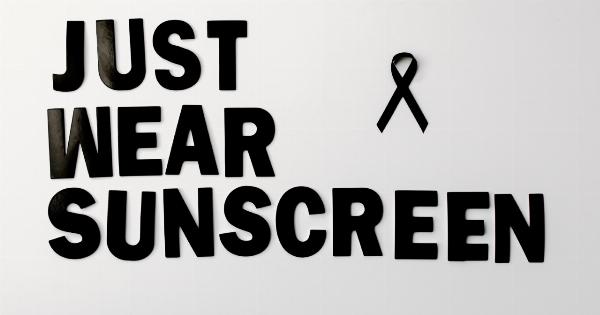Many of us think that wearing sunscreen is enough to protect ourselves from skin cancer, especially melanoma.
However, recent studies show that relying on sunscreen alone might not be enough to prevent melanoma, and that there are several other factors that can increase the risk of this deadly skin cancer.
What is melanoma?
Melanoma is a type of skin cancer that develops in melanocytes, the cells that produce skin pigment or melanin.
Melanoma can occur anywhere on the skin, but it is more likely to occur in areas that are exposed to the sun, such as the face, neck, arms, and legs.
Why is melanoma dangerous?
Melanoma is dangerous because it can spread quickly to other parts of the body, including vital organs like the liver, lungs, and brain. When melanoma spreads, it becomes more difficult to treat, and the chances of survival decrease significantly.
Can wearing sunscreen prevent melanoma?
Sunscreen can help prevent melanoma by blocking the ultraviolet (UV) rays from the sun that cause skin damage and cancer.
However, sunscreen alone might not be enough to protect you from melanoma, especially if you rely on it as your only form of protection.
What are the other risk factors for melanoma?
In addition to UV exposure, several other factors can increase your risk of melanoma:.
- Pale skin that burns easily
- Freckles or moles
- A history of sunburns
- A family history of melanoma
- A weakened immune system
How can you reduce your risk of melanoma?
Reducing your risk of melanoma involves more than just applying sunscreen. Here are some other ways to protect yourself:.
- Avoid spending too much time in the sun, especially between 10 AM and 4 PM when the sun’s rays are strongest.
- Wear protective clothing, such as long-sleeved shirts and hats with wide brims.
- Seek shade whenever possible, especially during peak sun hours.
- Avoid tanning beds, which can also increase your risk of melanoma.
- Get regular skin exams from a dermatologist to catch any suspicious moles or skin changes early.
Conclusion
While sunscreen is an important tool in the fight against melanoma, it should not be your only form of protection.
There are several other risk factors that can increase your chances of developing this deadly form of skin cancer, and reducing your risk involves a comprehensive approach to sun protection and skin care.





























